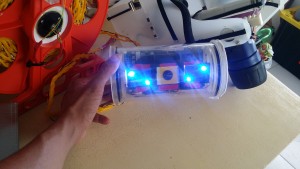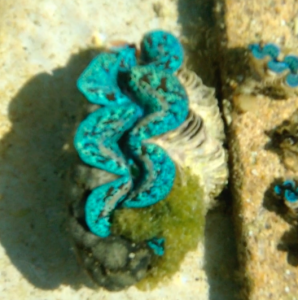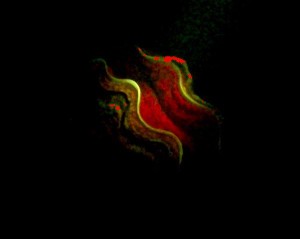Hello for the last time. (Final Post)
Hello for the last time.
I started this semester with an air of certainty that was unwarranted. As a person who spends an extreme amount of time within arm reach of an electronic that connects to the internet i would say i would double that undeserving confidence. I mostly taught myself how to access and traverse the internet and when I started this class i didn’t expect much of the courses new information. Through most of the course I believed that it was map for people who never bothered to learn the internet or weren’t born around the time that it was so ubiquitous. That the course was a crash course in how to use basic function that pertain to school or social media. The course felt more as a doctrine or a way to propagate the message that this is the way it will become, that everything you do leaves a paper trail. It felt a bit too pushed and that when everyone slightly sees some truth in message they are more accepting in the whole thing.
Honestly now that this semester is coming to a close and I have made it far from unscathed, I can say that i was wrong on what this class meant and what I could have learned from it. Any new way of using the internet wasn’t very interesting, I don’t believe I learned any new tricks or shortcuts with the mechanical part of using anything online, but my way of approaching social media has definitely changed. The class has made me see that there is a lot more connection with anything that i do online to myself in the real world. I have been very careful to change my identity online and understand that there is a schism between myself as a student and the pseudonym that I have on many different board. This class has shown me through the affects of the project and the videos that my digital footprint is more set in stone than set in dirt or a muddy track. This course has been interesting to say the least, having to use social media as a main source for most of my project goes against everything i learned in elementary school up until now. From the way the class was set up, hybrid and with a classroom that seemed a little chaotic constantly, i was very interested in what else was there to come. The times we were in class I tried my best to engage and interact for many reason, some because I was feeling guilty over forgetting to do the work but also because the class did interest me on how much importance was put into seeing the student interact online and their ideas that went along with it.
I guess the previous part was a mix with the impact and changes but continue with more focus on the impact i would say that i will continue to be stuck in my typical methods for school. While the class was interesting and engaging i didn’t see a major shift in my scholarly life with the teaching. The bottomline I think that the course would be more useful and expand more beyond this one semester but i don’t believe that the school has changed enough for that to happen. The major points that i pulled out the effects and community based learning from the book I had seen and studied in communication courses, the videos made me see the true modernizing of established ideas like democracy and aggregated information and work, but again I don’t believe that the environment is willing to take these changes even if the student is capable. Just how the United states scientific community already uses the metric system pretty well and the common public is not exposed or given any reason to change, I see the same for the school system. Students are willing to change to fit this new age with digital identity and it is effects but as it sits now those new skills will stay dormant. The skills offered in this class were amazing for veteran users and novel ones, we just a place to use them effectively.

















